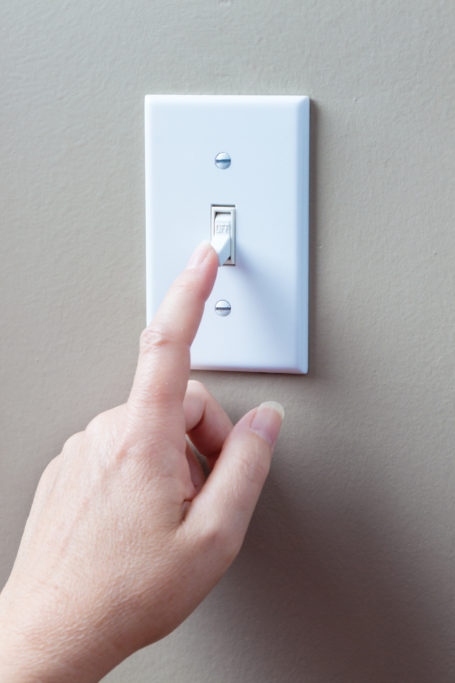How Much Home Can I Afford?
The journey to homeownership is an exciting one filled with dreams and possibilities. But before you embark on this adventure, there’s a critical step you must take first: determining how much you can spend.
Your ability to comfortably manage your mortgage and associated expenses and maintain your financial well-being will largely depend on this number. Here are the biggest factors that may influence your home affordability and how to use them to shape your budget.
Income
While there are no hard-and-fast numbers to refer to, as a general guideline, you can calculate the maximum amount you can spend on a home by multiplying your gross annual income by 2.5 or 3. For example, if you’re a dual-income household earning $150,000 annually, an affordable home price range would be $375,000 to $450,000. However, you may need to adjust this number up depending on your location since more expensive markets may require a higher multiplier.

Down payment
The size of your down payment will significantly impact your affordability. A larger one (20 percent or more) will mean not only a reduced loan amount but also a potentially better interest rate since lenders will view you as a lower-risk borrower. Conversely, a down payment below 20 percent may necessitate mortgage insurance payments, which will vary based on how much you borrow. The annual cost can range from 0.2 to 2 percent of the loan amount for a conventional loan, 0.5 to 0.55 percent for a Federal Housing Administration (FHA) loan, and 0.35 percent for a US Department of Agriculture (USDA) loan. This is typically paid throughout the year, adding to your monthly expenses, so make sure to take it into account when assessing your budget.

Credit score
Those with elevated credit scores typically enjoy lower interest rates and often receive approval for larger loan amounts. This is because lenders perceive them as lower-risk borrowers with a higher probability of repaying their loans. However, if your credit score falls in the lower range, obtaining favorable terms may prove challenging, potentially influencing the number of affordable homes you can explore.
That said, the parameters for acceptable creditworthiness will vary depending on the loan type. For instance, conventional loans tend to have strict lending guidelines, and to receive a favorable interest rate, you typically need a strong credit history and a FICO score of 740 or higher. On the other hand, government-backed loans, such as those from the FHA and Department of Veterans Affairs (VA), are designed to assist buyers who require more leniency in lending criteria, which can allow them to still get a better interest rate even with a weaker credit history or score. Check with your lender on the various programs available to help determine what you qualify for.

Debt-to-income ratio (DTI)
Another way a lender will measure your ability to repay your loan is by looking at your DTI—the percentage of your monthly debt payments divided by your gross monthly income. Lenders and underwriters will closely examine both these factors to verify that you can afford the home you’re purchasing. Though the ideal percentages may vary by lender, the average threshold relies on the 28/36 rule, meaning your monthly mortgage payment does not exceed 28 percent and your total debt 36 percent of your total income.

Loan-to-value ratio (LTV)
In addition to your interest rate, DTI, and down payment, your lender will scrutinize your LTV ratio. Typically expressed as a percentage, this number is derived by dividing the principal amount of your mortgage loan by the property’s value. A reduced LTV ratio can enhance your chances of securing a lower interest rate, influencing the approved loan amount.

Other considerations
Besides your fixed monthly expenses, there are several other factors to consider when assessing what you can reasonably and comfortably afford.
Property taxes
Tax rates fluctuate depending on location, so what might seem manageable based on your income could become challenging if property taxes turn out to be higher than you anticipated. Likewise, if they are lower than expected, your affordability may improve. Always verify your tax rate with the county assessor and inquire about any forthcoming property assessments that might alter your tax base, consequently impacting your purchasing power.
Emergency fund
Allocating resources to an emergency fund will give you a financial safety net for unforeseen costs like medical emergencies or unexpected home repairs. Establishing a financial cushion before setting your homebuying budget can shield you from possible financial hardships.

Buying a home is a huge investment, and it’s one you want to approach strategically. As you embark on the journey, consult with your real estate agent, who can assist you in locating homes that fit your affordability criteria to help you reach your homeownership goals.Calculate your path to homeownership with these tips.


















